The letter Y is almost at the very end of the alphabet. But that doesn’t mean there aren’t some noteworthy creatures with names that start with y. While I couldn’t make a complete list of animals that start with y, the list of 25 animals below is a great place to start.
25 Animals That Start With Y: A List
Curious about animals that start with Y? Here’s a list of some of the animals with names that start with Y.
- Yak
- Yellow Mongoose
- Yellow-eyed Penguin
- Yellow Ground Squirrel
- Yellowfin Tuna
- Yellow-winged Bat
- Yeti Crab
- Yellow-throated Marten
- Yacare Caiman
- Yellowjacket
- Yellow Anaconda
- Yellow-backed Duiker
- Yellow-footed Antechinus
- Yelloweye Rockfish
- Yellow-banded Poison Dart Frog
- Yungas Pygmy Owl
- Yellow-bellied Sea Snake
- Yuma Myotis
- Yabby
- Yellow-Footed Rock Wallaby
- Yellow-bellied Marmot
- Yellow-nosed Cotton Rat
- Yellow-bellied Sapsucker
- Yellow-bellied Weasel
- Yellowhammer
25 Animals That Start With Y: A Closer Look
Knowing that an animal’s name starts with Y is one thing. But it’s helpful to take a closer look at what these animals are. Below I share more information about animals that start with Y.
Yak
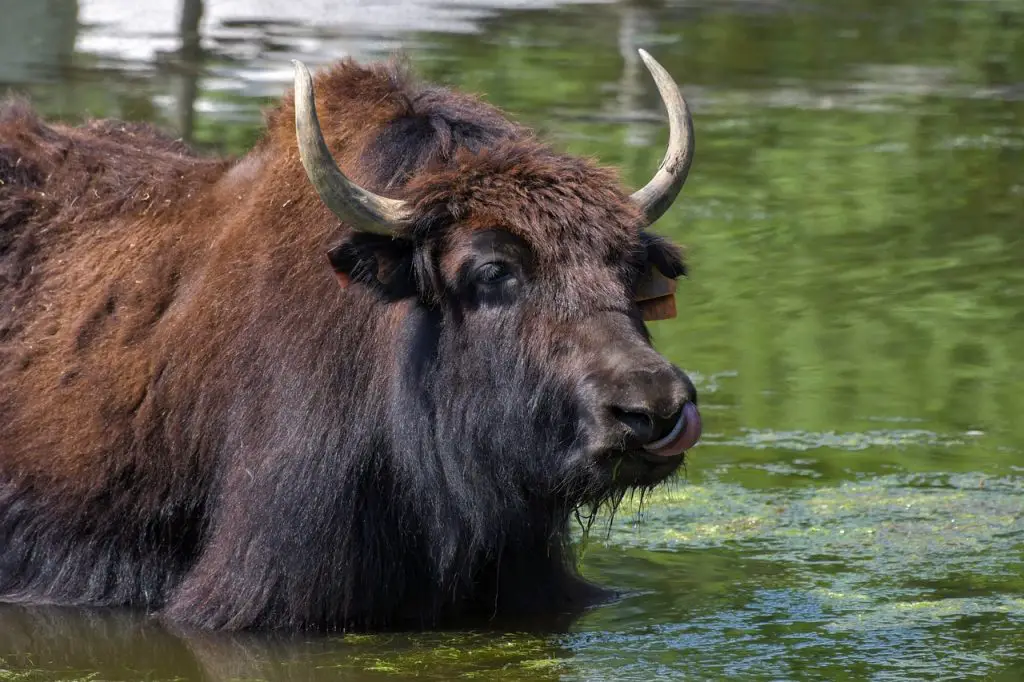
Yaks (Bos grunniens) are sturdy, domesticated animals that belong to the bovid family. These magnificent creatures are native to the mountainous regions of Central Asia, particularly the Tibetan Plateau and the Himalayas. With their strong build and characteristic long, shaggy hair, yaks are well-adapted to survive in harsh and cold environments.
Physically, yaks possess large bodies, reaching heights of up to 6 feet (1.8 meters) at the shoulder, and can weigh between 600 to 1,300 kilograms. Their distinctive coat, composed of dense woolly underfur and longer outer hair, provides excellent insulation against the extreme temperatures they encounter in their habitat.
Yaks are highly versatile and can thrive in diverse habitats, including high-altitude alpine meadows, barren steppes, and even subarctic tundra. They are well-suited to grazing on tough grasses and lichens, and their ability to tolerate low-oxygen environments makes them adept at traversing steep mountain slopes.
Yellow Mongoose
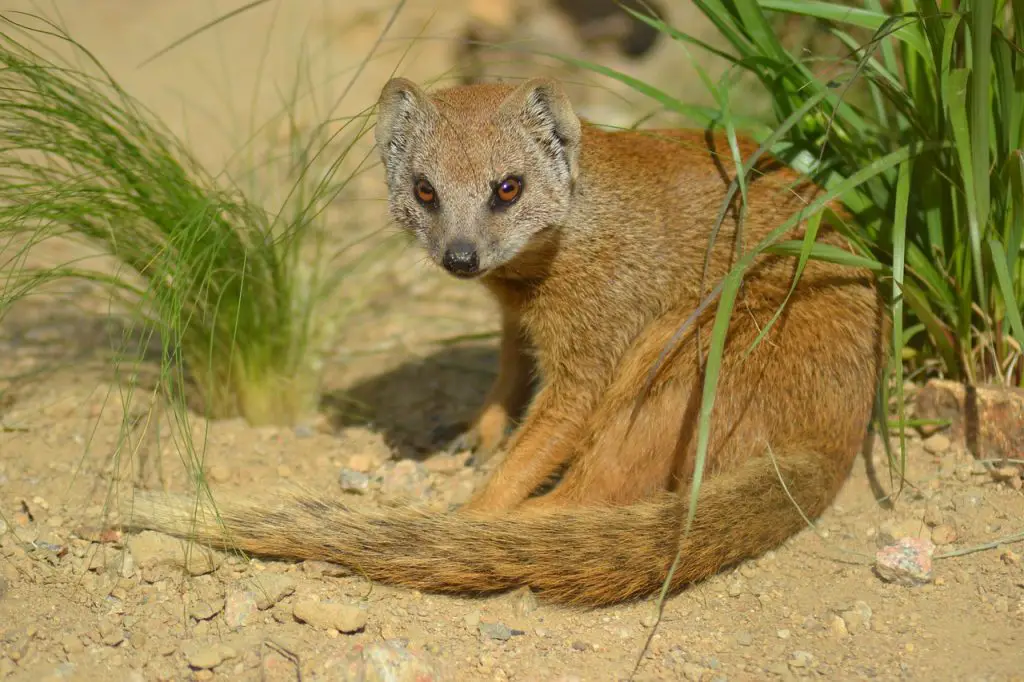
The yellow mongoose (Cynictis penicillata) is a small mammal found in the southern regions of Africa. Sporting a sleek and agile body, this species showcases a vibrant yellowish-brown fur with a contrasting dark stripe running along its spine. Its slender build allows for swift movements and impressive agility, making it a skilled hunter and an elusive target for predators.
Yellow mongooses prefer to inhabit a variety of environments, including grasslands, savannas, and semi-arid regions. They are particularly fond of areas with dense vegetation and access to burrows, where they can seek shelter and protection. These intelligent creatures are highly adaptable and can adjust their diet according to their surroundings, consuming insects, small reptiles, birds, eggs, and even fruits.
Yellow-eyed Penguin
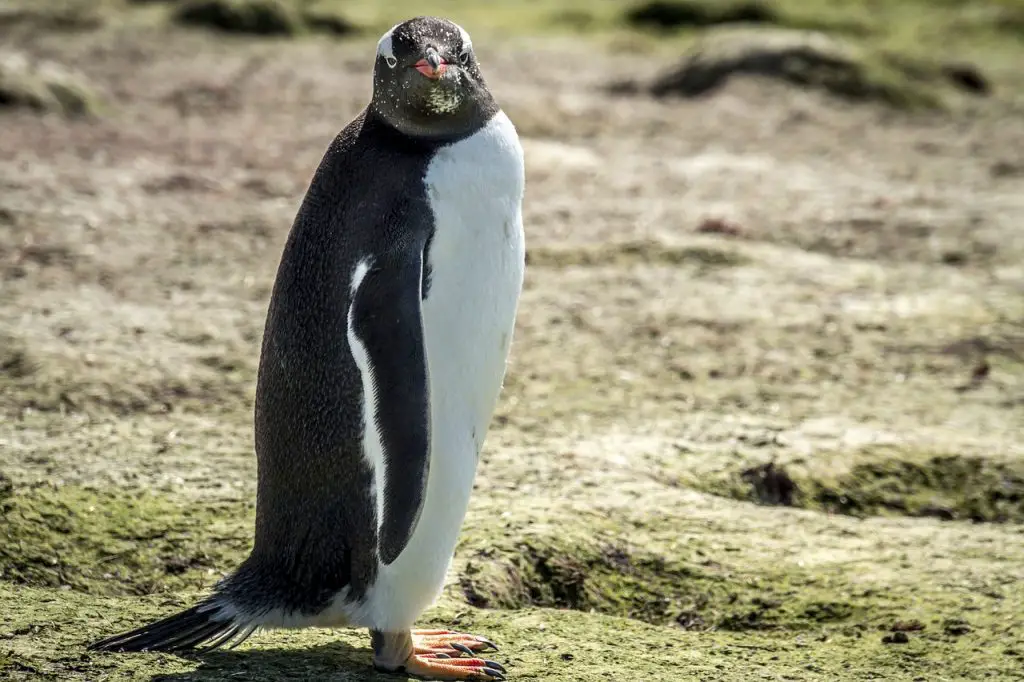
The yellow-eyed penguin (Megadyptes antipodes) is an enchanting and rare species found primarily in the coastal regions of New Zealand. This penguin species stands out with its striking yellow eyes, which lend it its name. With an average height of around 56 to 78 centimeters (22 to 30 inches) and weighing between 5 to 8 kilograms (11 to 17.5 lbs), these penguins are among the largest of their kind.
Physically, yellow-eyed penguins possess a yellow band that stretches across their head, from one eye to the other, accentuating their bright gaze. These penguins are known for their sleek bodies, which facilitate swift swimming and diving, as they pursue their preferred prey of fish and squid.
Habitat-wise, the yellow-eyed penguins prefer the secluded and forested coastal areas of New Zealand’s South Island and nearby smaller islands. They nest in dense vegetation or among rocks, often at a distance from other penguin colonies. These areas provide them with suitable protection and shelter from both terrestrial and marine predators.
Yellow Ground Squirrel
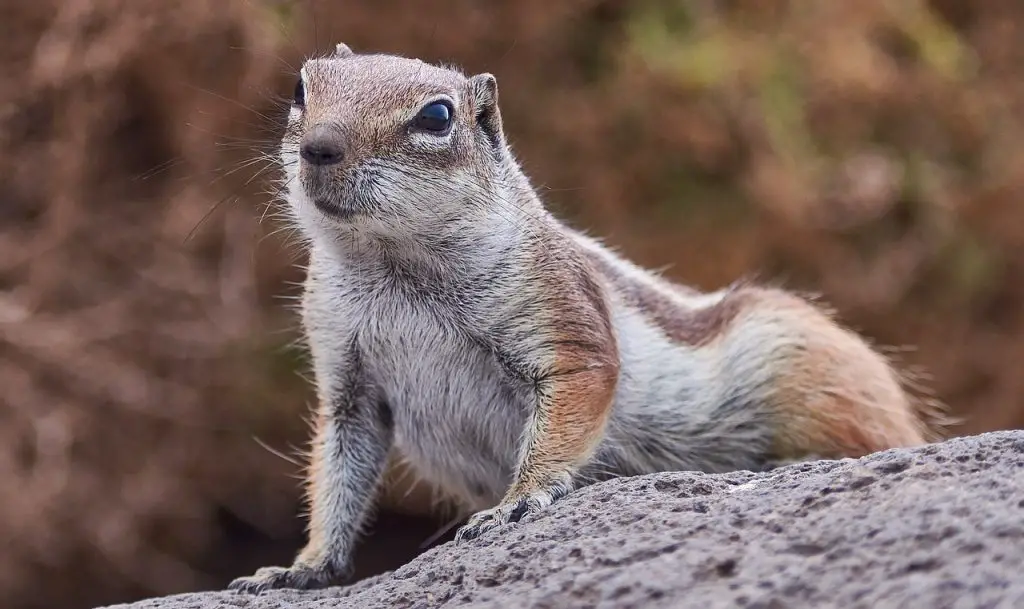
The yellow ground squirrel (Spermophilus fulvus) is a small mammal found in the steppes and grasslands of Central Asia. With its vibrant golden fur, this squirrel stands out against the surrounding landscape. It possesses a stout body, measuring around 20 to 30 centimeters in length, with a bushy tail that aids in balance and communication.
The skilled diggers create complex burrow systems that serve as their homes and offer protection from predators. These sociable rodents tend to live in groups, engaging in playful interactions and cooperative behaviors.
Yellowfin Tuna
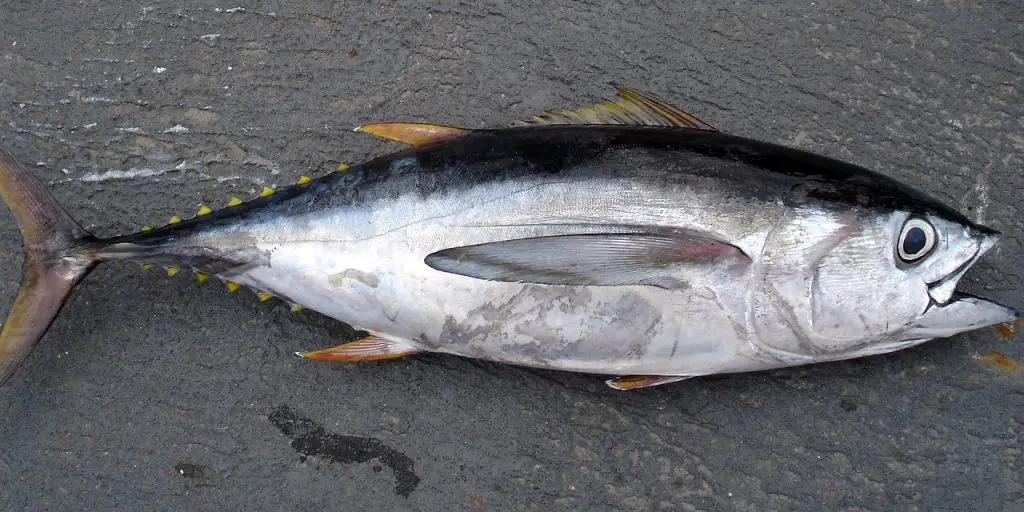
The yellowfin tuna (Thunnus albacares) is a highly prized fish found in the tropical and subtropical oceans around the world. Sporting a streamlined and muscular body, this tuna species exhibits a metallic blue-black color on its back and upper body, fading into a vibrant yellow hue on its sides and belly. Its distinctive long, bright yellow fins, including the characteristic yellow dorsal fin, further add to its visual appeal.
Yellowfin tuna prefer the warm waters of the open ocean, particularly in areas with abundant food sources and oceanic currents. They can swim fast, capable of reaching speeds of up to 47 miles per hour (75 kilometers per hour). These voracious predators feed on a variety of prey, including smaller fish, squid, and crustaceans.
Yellow-winged Bat
The yellow-winged bat (Lavia frons) is a captivating bat species found in parts of Middle Africa. With its distinct coloration, this bat stands out among its counterparts. It boasts striking yellow wings that span an impressive length, giving it its name. The rest of its body is covered in brown or gray fur, blending in with its surroundings during rest.
These bats prefer diverse environments, ranging from low-lying savannas to open woodlands. Thes killed flyers are capable of navigating through dense vegetation and foraging for their preferred food sources, which primarily consist of insects, including beetles, moths, and grasshoppers.
Yeti Crab
The yeti crab (Kiwa hirsuta) is a fascinating deep-sea creature that inhabits the hydrothermal vents of the Pacific Ocean. This crab species has a unique and otherworldly appearance. A dense layer of long, silky hairs covers its body, giving it a remarkably fluffy and “yeti-like” appearance. These hairs are actually home to bacteria that provide nourishment for the crab through a process called chemosynthesis.
Yeti crabs prefer the extreme and inhospitable environments of hydrothermal vents, which are located on the ocean floor and release hot, mineral-rich fluids. These vents create a unique habitat that supports a diverse ecosystem. The yeti crab tends to cluster around these vents, utilizing its specialized limbs to harvest bacteria from the surrounding water.
Yellow-throated Marten

The yellow-throated marten (Martes flavigula) is a mammal found in the forests and woodlands of Southeast Asia. This medium-sized carnivore exhibits a striking appearance with its rich brown fur and a distinct yellow throat patch that gives it its name. The yellow-throated marten has a slender body, sharp claws, and a long, bushy tail, which aids in balance and agility as it navigates through its habitat.
These martens prefer diverse forested areas, including tropical rainforests and montane forests. The adept hunters prey on a variety of small mammals, birds, reptiles, and insects.
Yacare Caiman
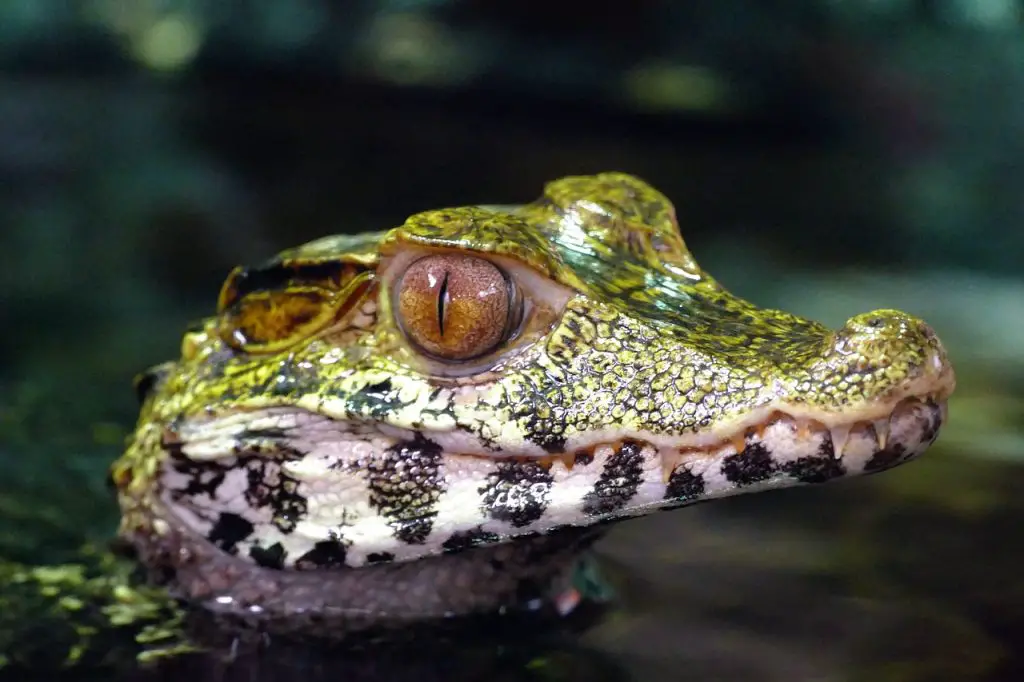
The yacare caiman (Caiman yacare) is a remarkable reptile found in the wetlands and rivers of South America. This caiman species showcases a sturdy and powerful body, with a broad snout and armored scales that provide excellent protection. It can reach impressive lengths of up to 3 to 4 meters, making it one of the largest caiman species.
Yacare caimans prefer freshwater habitats such as rivers, lakes, and marshes. These opportunistic predators feed on a variety of prey, including fish, small mammals, birds, and even larger reptiles.
Yellowjacket
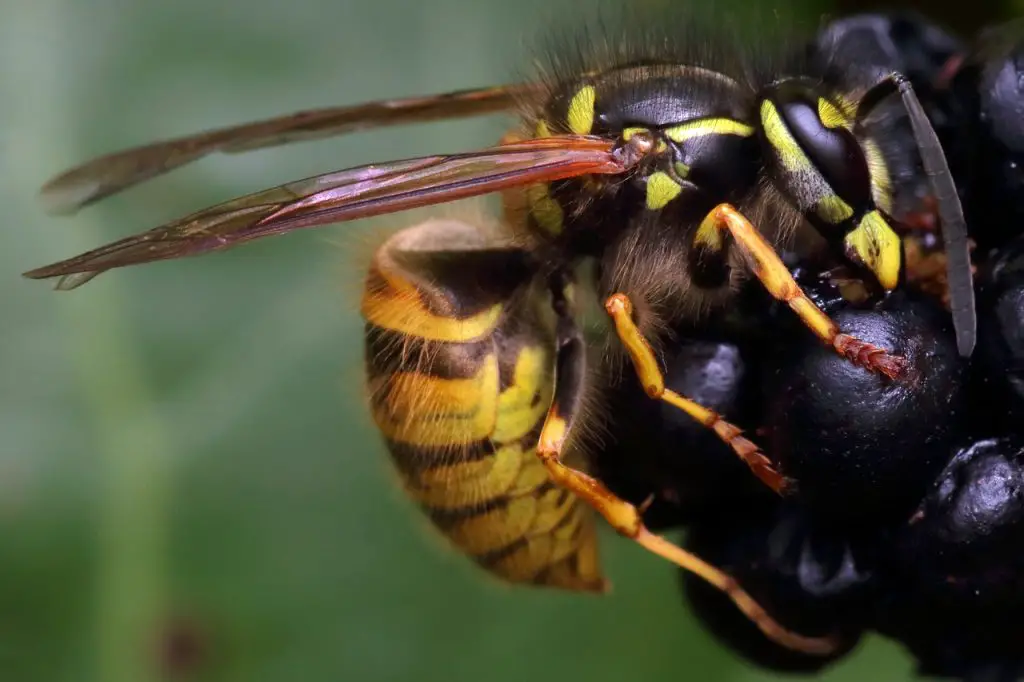
The yellowjacket, scientifically known as Vespula spp., is a common and highly recognizable predatory wasp found in various parts of the world. With its vibrant yellow and black markings, the yellowjacket possesses a distinct appearance that serves as a warning to potential threats. They have slender bodies, measuring around 12 to 16 millimeters in length, and characteristic narrow waists.
Yellowjackets live in a range of environments, including forests, meadows, and urban areas. They build their nests in concealed locations, such as underground burrows or in tree cavities. These social insects form colonies with a single queen supported by worker wasps, and their diet primarily consists of sugars and proteins obtained from flowers, fruits, and other insects.
Yellow Anaconda
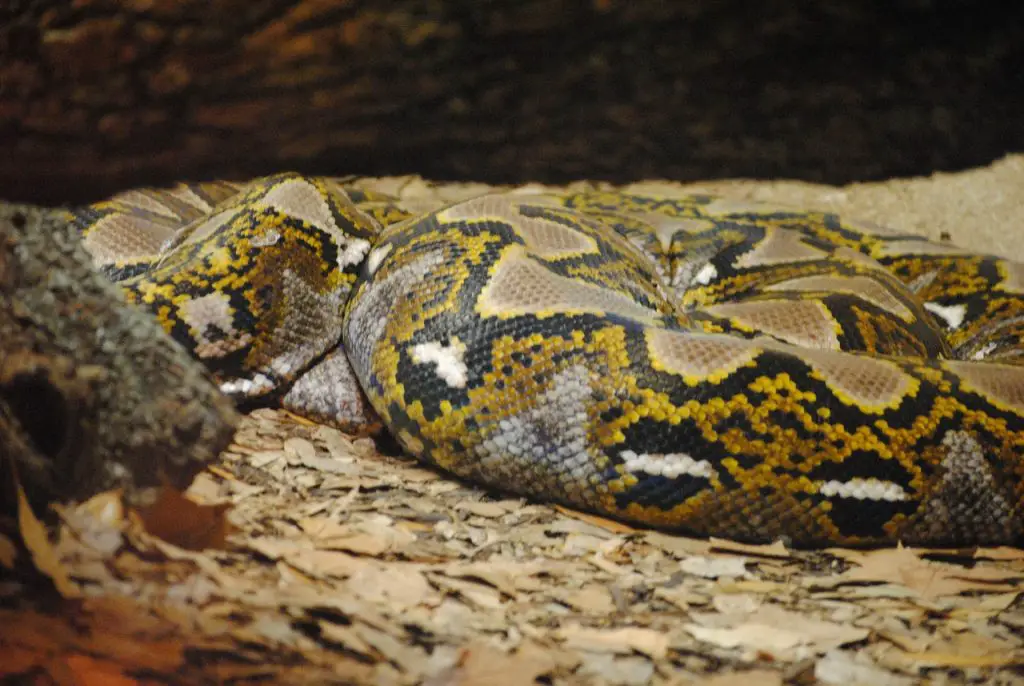
The yellow anaconda (Eunectes notaeus) is a snake species found in the wetlands and swamps of South America. This impressive constrictor stands out with its vibrant yellowish-brown coloration, which provides excellent camouflage in its environment. It is one of the largest snake species, capable of reaching lengths of over 4 meters and weighing hundreds of pounds.
Yellow anacondas are excellent swimmers that prefer aquatic habitats such as rivers, streams, and marshes. They use their muscular bodies and strong tails to navigate through the water with ease. These powerful predators primarily feed on a diet of fish, birds, reptiles, and small mammals, which they capture by ambushing their prey.
Yellow-backed Duiker
The yellow-backed duiker (Cephalophus silvicultor) is an enchanting antelope species found in the rainforests and wooded areas of Central and West Africa. This duiker species displays a stunning physical appearance, with a rich reddish-brown coat highlighted by a vibrant yellow patch on its back. It has a compact body, with slender legs and sharp hooves, allowing for agile movement and maneuverability in its forest habitat.
Yellow-backed duikers prefer dense forests with ample understory vegetation, where they can find cover and browse on leaves, fruits, and other vegetation. They are primarily solitary animals, known for their shy and elusive nature. Their small size, reaching around 1 meter in height and weighing between 40 to 80 kilograms, makes them well-adapted to navigate through the dense vegetation of their habitat.
Yellow-footed Antechinus
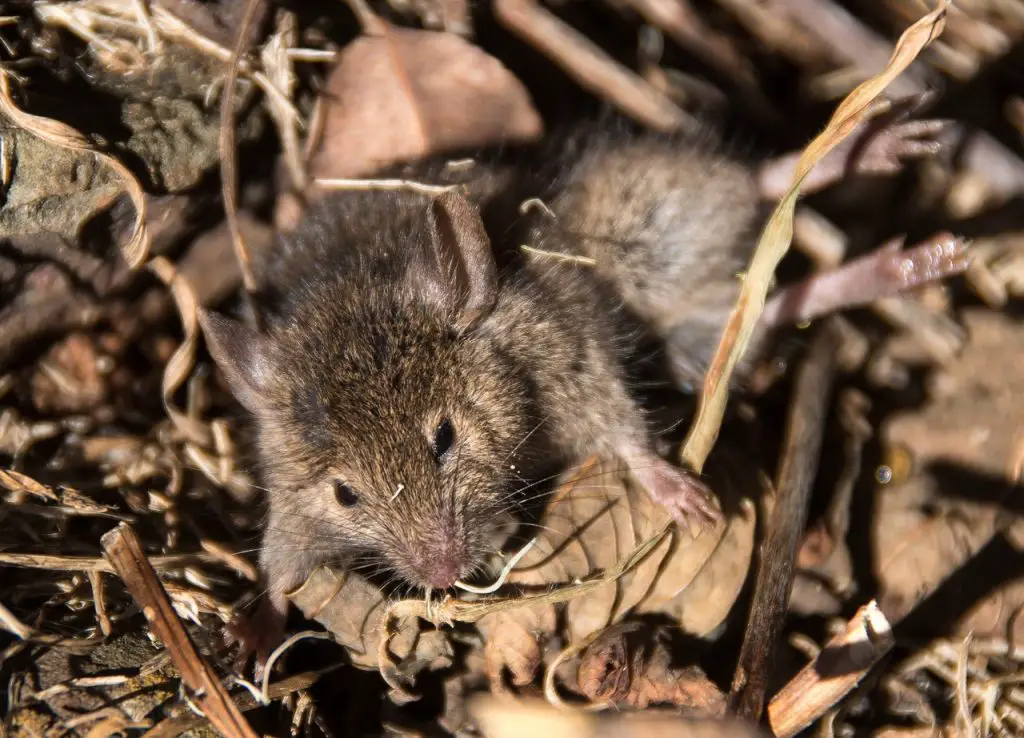
The Yellow-footed Antechinus (Antechinus flavipes) is a fascinating small marsupial found in Australia. This unique species showcases a striking appearance with its yellow-colored feet, contrasting against its gray-brown fur. They have a compact body structure, measuring around 12 to 14 centimeters in length, excluding their long tail.
Yellow-footed Antechinus typically prefer dry sclerophyll forests, woodlands, and shrublands. The skilled climbers use their sharp claws and prehensile tails to navigate through trees and vegetation. These carnivorous marsupials have a diverse diet, feeding on insects, spiders, small reptiles, and even some plant matter.
Yelloweye Rockfish

The Yelloweye rockfish (Sebastes ruberrimus) is a marine fish found along the rocky coastlines of the northeastern Pacific Ocean. This species stands out with its stunning coloration, displaying vibrant yellow eyes that contrast against its reddish-brown body. It has a robust and elongated body structure, reaching lengths of up to 70 centimeters.
These fish inhabit nearshore rocky reefs and kelp forests, preferring depths ranging from 20 to 200 meters.
Yellow-banded Poison Dart Frog

The yellow-banded poison dart frog, scientifically known as Dendrobates leucomelas, is a fascinating amphibian found in the tropical rainforests of South America. This small frog species boasts a striking appearance with its vibrant yellow skin adorned with bold black bands or spots. These bright colors serve as a warning to potential predators, indicating their toxic nature.
The frogs are primarily arboreal, spending most of their time in the trees and vegetation of their rainforest habitats. They are agile climbers, aided by their sticky toe pads, which allow them to navigate the intricate network of branches and leaves. These frogs require a moist environment. You can find them near streams, on the forest floor, or even in bromeliads, where they lay their eggs.
Yungas Pygmy Owl

The Yungas Pygmy Owl (Glaucidium bolivianum) is a predatory bird found in the montane forests of South America. This small owl species showcases a compact and adorable appearance, measuring around 15 centimeters in length. It has a rounded head with bright yellow eyes, and its plumage varies between shades of brown and gray, allowing for excellent camouflage in its forested habitat.
Habitat-wise, the Yungas Pygmy Owl prefers the lush montane forests of the Andes, particularly in Bolivia and Argentina. It occupies a variety of forest types, including cloud forests and Yungas forests. These owls are predominantly active during twilight and nighttime, using their excellent vision and sharp hearing to locate and capture their prey, which mainly consists of insects, small mammals, and birds.
Yellow-bellied Sea Snake

The yellow-bellied sea snake (Hydrophis platurus) is a marine reptile found in the warm waters of the Pacific and Indian Oceans. This snake species has a slender body, measuring around 60 to 90 centimeters in length, and a distinctive yellow belly that contrasts against its dark-colored back. They have flattened tails that aid in swimming through the open ocean.
The yellow-bellied sea snake spends its entire life in the ocean. The highly pelagic snake is present far from land, often floating on the ocean’s surface. These snakes have the ability to absorb freshwater through their skin, enabling them to survive long periods without access to freshwater sources.
Yuma Myotis

The Yuma myotis (Myotis yumanensis) is a fascinating bat species found across North and Central America. These small insectivorous bats have a distinct physical appearance, with a wingspan ranging from 23 to 27 centimeters. They have long, slender bodies covered in dark brown or grayish fur, and their ears are large and rounded.
Yuma myotis prefer a range of environments, including riparian areas, wetlands, and forests. The highly adaptable bat can roost in tree cavities, buildings, and bat boxes. These skilled hunters use echolocation to locate and capture insects, such as mosquitoes and moths, in mid-flight.
Yabby

The yabby (Cherax destructor) is a fascinating freshwater crustacean found in Australia. This species showcases a unique and vibrant appearance, with a variety of colors ranging from blue and green to brown and red. Yabbies have a robust body structure with a segmented exoskeleton, a pair of large pincers, and multiple pairs of walking legs, allowing them to maneuver effectively in their aquatic habitats.
Habitat-wise, yabbies inhabit freshwater ecosystems such as rivers, streams, and lakes. They prefer areas with abundant vegetation and ample shelter in the form of submerged logs or rocks. These omnivorous crustaceans feed on a diverse diet that includes algae, plants, insects, small invertebrates, and even carrion.
Yellow-Footed Rock Wallaby

The yellow-footed rock wallaby (Petrogale xanthopus) is a marsupial found in the arid regions of Australia. This species displays a striking appearance, with its sandy-gray fur, distinct white cheek stripes, and, as the name suggests, yellow feet. They have a compact body structure, measuring around 60 to 80 centimeters in length, and a long, bushy tail that aids in balance while navigating rocky terrain.
Yellow-footed rock wallabies prefer rocky outcrops, cliffs, and rugged landscapes where they can find suitable shelter and forage on native grasses, shrubs, and leaves. These skilled climbers use their strong hind legs and long tails to move effortlessly among the rocky terrain.
Yellow-bellied Marmot

The yellow-bellied marmot (Marmota flaviventris) is a rodent species found in the mountainous regions of North America. This marmot species exhibits a distinctive appearance with its stocky build, short legs, and a bushy tail. It has a grizzled grayish-brown fur on its back, while its underbelly is adorned with a bright yellow or orange patch, giving it its name.
Yellow-bellied marmots prefer alpine meadows, rocky slopes, and grassy areas at high elevations. They construct intricate burrow systems in the ground, which serve as their shelter and hibernation dens during the winter months. These social animals spend time sunning themselves on rocks or foraging for grasses, herbs, and other vegetation.
Yellow-nosed Cotton Rat

The yellow-nosed cotton rat (Sigmodon ochrognathus) is a rodent species found in the southwestern United States and northern Mexico. This cotton rat species displays a distinct physical appearance, characterized by its yellowish-brown fur and a prominent yellow patch on its nose. It has a compact body structure, measuring around 15 to 20 centimeters in length, with a long tail and rounded ears.
Habitat-wise, yellow-nosed cotton rats prefer a range of habitats, including grasslands, agricultural fields, and brushy areas. They are highly adaptable and can thrive in both wet and dry environments. These herbivorous rodents feed on a variety of plant materials, including grasses, seeds, and fruits.
Yellow-bellied Sapsucker

The yellow-bellied sapsucker (Sphyrapicus varius) is a woodpecker species found in North America. This medium-sized bird showcases a striking appearance with its black and white plumage, complemented by a distinct yellow belly. It has a sturdy build, a chisel-like bill for drilling into tree bark, and a long, slightly curved tongue for extracting sap.
Yellow-bellied sapsuckers prefer mixed forests, especially those with deciduous trees. They often forage in areas with a good supply of sap-producing trees, such as birch and maple. These birds have a unique feeding behavior, creating “sapwells” by drilling small holes in tree trunks to access the sap and consuming both the sap and any insects attracted to it.
Yellow-bellied Weasel

The yellow-bellied weasel (Mustela kathiah) is a small carnivorous mammal found in the high-altitude regions of Central Asia. This weasel species exhibits a distinct physical appearance, with a slender body, short legs, and a long, bushy tail. It has a light brown or yellowish-brown fur on its back, while its underbelly is adorned with a bright yellow patch, giving it its name.
In terms of habitat preferences, yellow-bellied weasels tend to prefer alpine meadows, grasslands, and rocky areas at high elevations. They are agile climbers and skilled hunters, preying on small mammals, birds, and insects. These carnivores use their sharp teeth and claws to catch and subdue their prey.
Yellowhammer

The yellowhammer (Emberiza citrinella) is a charming songbird that rounds out our list of animals that start with y. It’s found across Europe, Western Asia, and parts of North Africa. This bird species showcases a vibrant appearance with its bright yellow plumage on the head, breast, and underparts, contrasting against its brownish back and wings. It has a stout body structure, measuring around 16 to 17 centimeters in length, with a conical bill ideal for cracking seeds.
Yellowhammers prefer open farmlands, meadows, and grassy areas with scattered shrubs and trees. But the highly adaptable birds can make do with gardens and suburban areas. Their diet primarily consists of seeds, grains, and insects, which they forage for on the ground or in low vegetation.
Final Take on Animals That Start With Y
Animals that start with y might be hard to come by. But the animals on this list represent a good starting point on your quest to find animals that start with y. Which one of these animals will you try to spot in real life?
